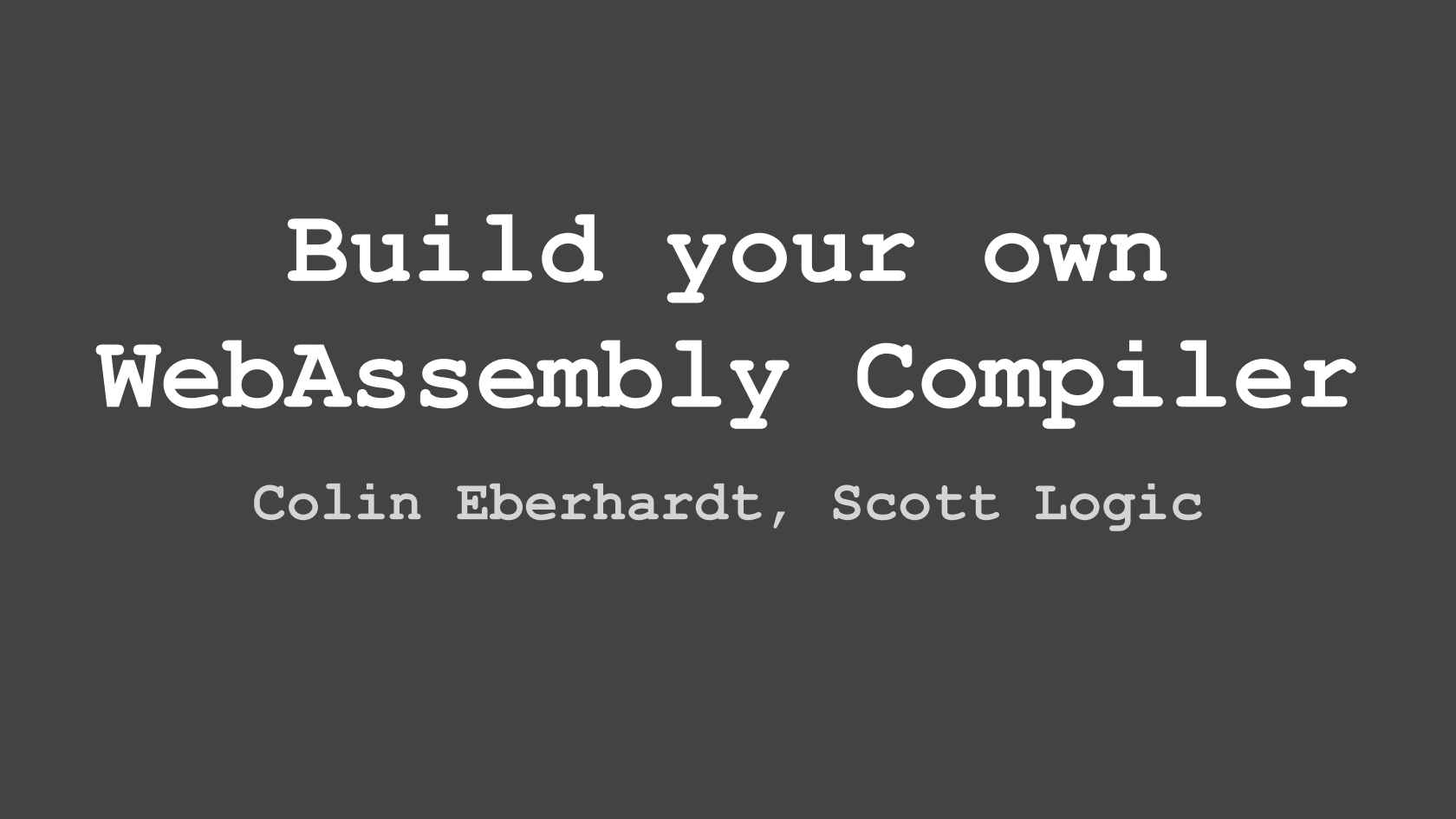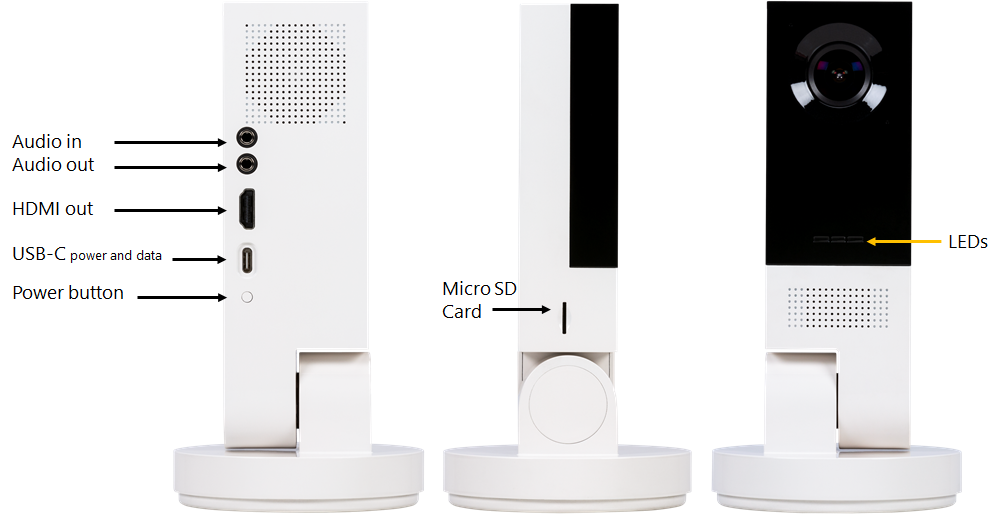by Andrew Ng
fast.ai · Making neural nets uncool again
by Jeremy Howard
Learning Deep Learning — fast.ai vs. deeplearning.ai
Two Sides of the Same Coin: Jeremy Howard’s fast.ai vs Andrew Ng’s deeplearning.ai

The Problem of Local Optima (C2W2L10)
 Amazon Releases AWS Outposts, Enabling Hybrid Data Center Architectures @InfoQ
Amazon Releases AWS Outposts, Enabling Hybrid Data Center Architectures @InfoQ
4 8 3 |9 2 1 |6 5 7 9 6 7 |3 4 5 |8 2 1 2 5 1 |8 7 6 |4 9 3 ------+------+------ 5 4 8 |1 3 2 |9 7 6 7 2 9 |5 6 4 |1 3 8 1 3 6 |7 9 8 |2 4 5 ------+------+------ 3 7 2 |6 8 9 |5 1 4 8 1 4 |2 5 3 |7 6 9 6 9 5 |4 1 7 |3 8 2
 |
| Add caption |
 Effective Feature Management eBook | LaunchDarkly
Effective Feature Management eBook | LaunchDarkly
 Build Your Own WebAssembly Compiler
Build Your Own WebAssembly Compiler




 Grokking Go.dev @ GoTime podcast
Grokking Go.dev @ GoTime podcast





| Type | Meaning | Used For |
|---|---|---|
| 0 | Varint | int32, int64, uint32, uint64, sint32, sint64, bool, enum |
| 1 | 64-bit | fixed64, sfixed64, double |
| 2 | Length-delimited | string, bytes, embedded messages, packed repeated fields |
| 3 | Start group | groups (deprecated) |
| 4 | End group | groups (deprecated) |
| 5 | 32-bit | fixed32, sfixed32, float |
message Test1 {
optional int32 a = 1;
}
Test1 message and set a to 150. You then serialize the message to an output stream. If you were able to examine the encoded message, you'd see three bytes:08 96 01
 (also available as free download from Microsoft)
(also available as free download from Microsoft)